© ROOT-NATION.com - Use of content is permitted with a backlink.
Xiaomi devices are a stuff of legends, with huge numbers of passionate fans. And one their most popular lineup Redmi has just been separated into a different brand. Thankfully, there’s no mess, and the naming continues onwards. The newest model and the first separate phone from the new brand is called Redmi Note 7. No Xiaomi in sight. We already call it the best budget phone around – now it’s time to prove it.
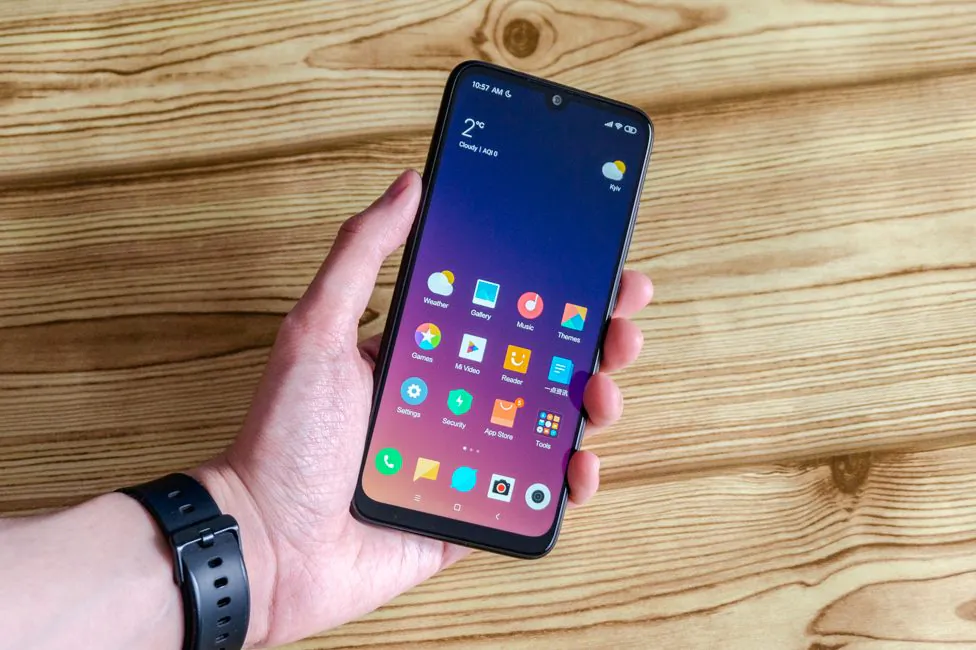
Redmi Note 7 Specifications
- Display: 6.3″, IPS LCD, 2340×1080 pixels, aspect ratio 19.5:9
- Processor: Qualcomm Snapdragon 660, 8-core, 4 cores with a clock frequency of 2.2 GHz and 4 cores with a frequency of 1.8 GHz, Kryo 260 cores
- Graphics accelerator: Adreno 512
- RAM: 3/4/6 GB
- Storage: 32/64 GB
- Support for microSD memory cards: up to 256 GB
- Wireless networks: Wi-Fi 802.11 a/b/g/n/ac, Bluetooth 5.0 (A2DP, LE, aptX), GPS (A-GPS, GLONASS, BDS)
- Main camera: 48 (12) MP, f/1.8, 1/2″, 0.8µm, PDAF
- Front camera: 13 megapixel, f/2.0
- Battery: 4000 mAh
- OS: Android 9 Pie with MIUI 10 Shell
- Dimensions: 159.2×75.2×8.1 mm
- Weight: 186 g
Positioning and price
The key to the prevalence and success of Xiaomi devices has always been a fairly low price. There was no need to change traditions, so the declared price of Redmi Note 7 varies from $150 to $200 depending on the storage. There are several configurations – 3/32, 4/64 or 6/64.
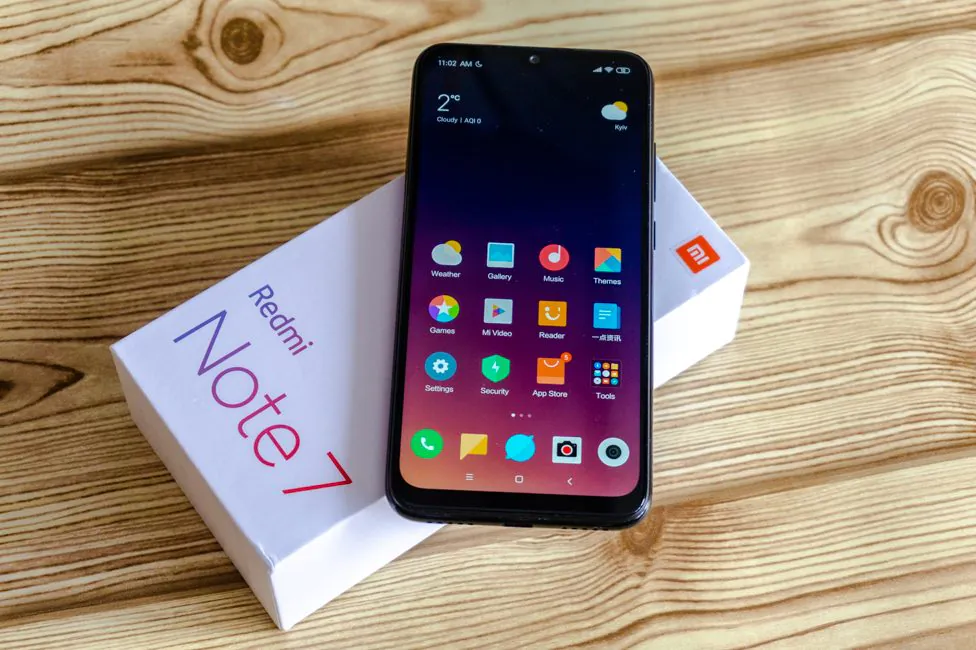
But we understand that at the very start it is not possible to acquire a smartphone for such money. If you sweep through the Chinese sites, you may find the devices for a minimum price of $175. However, this is not a significant margin, especially if you want to seize one of the first smartphones.
What’s in the box
Redmi Note 7 comes in a small cardboard box with a concise design. Its content is as follows: smartphone, power adapter (5V/2A), USB/Type-C cable, SIM eject tool, documentation and a simple tinted silicone case.
The case is hardly durable and reliable, and most likely you will want to change it – if not immediately, then after some time for sure. And this has its own reasons: firstly, it is quite thin, and protects exclusively against scratches – it is unlikely to protect against falling.
Secondly, there are no sides around the front panel, the glass even protrudes slightly. Thirdly, the block with the main cameras strongly sticks out from the body. And so much so that even the cover will not help.
In general, a typical “starter pack”; a + for effort, but that’s about it.
Design, materials and build quality
In picking up trends, Xiaomi has never lagged behind, which means that Redmi Note 7 has incorporated all the design developments and features of recent times. On the front we got a neat, drop-shaped notch instead of a large useless notch, and in the back there’s a vertical block of cameras and glass.
What about gradients? Don’t worry, they did not forget about it – the smartphone comes in 3 colors: the usual black without overflows, as well as blue and red with all sorts of nice effects on the back.

As you have already seen, I have the first version in my hands. It looks good, but not as interesting.

The bezels on the sides of the display are thin, the top is slightly thicker than the side. It seems that the bottom one has not been reduced at all – it’s still pretty plump. But it does not bother me, it looks fine.
On the whole, I must say that in terms of design, Redmi Note 7 is the prettiest of all Redmi. But there is one nitpick – the camera unit protrudes from the case. There’s no practical reason for it, it can be damaged and the smartphone itself will stagger when you press the screen, if you use it when it is on a flat solid surface.
There’s Corning Gorilla Glass 5 glass on both sides and a plastic frame around the perimeter. It is obvious that plastic is not pleasant in the hand and not as sturdy as metal, but it was necessary to save on something.
In addition, you can see that another matte thin plastic strip is just around the screen.

There’s oleophobic coating on both sides, the body does not get very dirty even in this color. The build quality of Note 7 is excellent. There is naturally no dust and moisture protection, but a great emphasis is placed on durability – the Internet is full of videos of the device in the most unexpected situations. It smashed watermelons, chopped nuts and continues to survive all kinds of drop tests.

Also worth noting is the presence of a rubber seal to protect against water. I, frankly, would not recommend testing the moisture protection, which is not officially declared by the manufacturer. But as an extra precaution – not bad.
Elements’ configuration
In front we the notch with a front-facing camera, and a grid with an earpiece speaker. To the right are light and proximity sensors. And below we have a tiny LED notification indicator.
On the right side are the power and volume keys. On the left, we have a combo slot for two nanoSIM cards or one SIM card paired with one microSD card.
Now, the lower end… it finally happened, we were heard! Down with the old microUSB port, now we have current USB Type-C port. This is quite a significant advantage, in fact, because smartphones with Type-C in this price range are a rare sight. On the sides of the port there are 5 holes each, behind which are a microphone and a multimedia speaker, respectively.

From above, we see an infrared port for controlling household appliances – already a familiar element for the Redmi Note lineup. But while the budget devices still have it, the flagship Xiaomi has lost the feature. Next – a 3.5-mm audio jack, for which once again I want to say thank you. But they could have removed it, since now we have USB C. The second microphone is also located here.

On the rear panel on the left is a dual camera unit, a flash and the proud inscription “48 MP AI Dual Camera”. Just below there is a small area of the fingerprint scanner.
At the bottom is the inscription Redmi, and under it in small print is written “by Xiaomi”. The separate brand, as you might see, is a simple formality. Honor, for example, doesn’t mention Huawei at all.

Ergonomics
Redmi Note 7 has a usual dimensions for 6.3″ phones, except that it can be a little more in height. But the width is just such that the smartphone successfully fits in the palm and the grip is comfortable.
There are no sharp corners, the buttons on the right side are all in the right places – you won’t have to change your grip often. The fingerprint scanner on the back panel is convenient to use, provided that you have long fingers. But it is located a couple of millimeters higher than one would expect – you’ll have to get used to it.
The case is not very slippery, but you still need to ensure that the smartphone does not “crawl” from the inclined surface.

Redmi Note 7 Display
Redmi Note 7 has a 6.3″ display with 19.5:9 aspect ratio and an IPS matrix. The screen resolution is Full HD+ (2340×1080), the pixel density is 409 dots per inch.

I have never had any complaints about the quality of the matrices used in Redmi Note and Redmi Note 7 is as good as you might hope.
The color rendition is saturated, the picture is a contrasty, for IPS. Brightness range is wide and you can easily use the smartphone both in the daytime and in complete darkness. The viewing angles are impressive, and the picture won’t be inverted in any way, even at extreme angles.
The settings are MIUI usuals: there is a custom reading mode, setting the screen temperature and 3 contrast modes. I prefer the enhanced contrast mode due to the maximum correct temperature.
You can also double tap or lift the device to activate the display. By the way, there’s seem to be no option to color black the areas to the sides of the notch to mask it. The automatic brightness works alright.
Performance
Redmi Note 7 is powerful – at least for this class. Inside we find Qualcomm Snapdragon 660, which is manufactured using the 14-nm process technology and has eight Kryo 260 cores at its disposal. Four cores operate with a maximum clock frequency of up to 2.2 GHz, and the other four operate at a frequency of 1.8 GHz. Graphics processing is entrusted to Adreno 512.

We have already met with 660 “dragon” and we know what it is capable of. In synthetic tests it has fairly good results.
It is worth recalling that the same chip is installed in Samsung Galaxy A9 2018, which is several times more expensive than Redmi Note 7. So I can call this solution more than optimal – we have the most productive Xiaomi Redmi ever released.
RAM can be 3, 4 or 6 GB to choose from. My copy has a minimum – 3 GB. This, in general, is the very minimum for comfortable operation in 2019 and in terms of cost is quite adequate. But in general, if there is a possibility, I would recommend buying the version with 4 gigs.

With the storage situation is simple: 32 or 64 GB. My copy, as you know, offers the minimal. Of these, 21.34 GB is free for the user. The memory can be expanded with a microSD card up to 256 GB, but you will have to abandon the second SIM card.
What can you say about the performance of the smartphone? If you turn on navigation gestures instead of traditional navigation buttons, the animations for opening and minimizing applications sometimes slow down. If you use the three usual buttons, then there is no such problem – the system is fast and smooth.
But with the games all is well. Redmi Note 7 will easily launch any game, but on what setting is another question. For example, PUBG Mobile runs well on high graphic settings, and Shadowgun Legends slows down a bit on ultra-graphics. In general, the high graphical parameters and an acceptable FPS indicator can be more or less guaranteed here. And casual games run without any questions.

But not all games will be as smooth, if you set the most maximum graphics settings.
Cameras
The main focus of Redmi Note 7 is on photographic capabilities. According to the company’s statement, the main camera uses a 48 megapixel main module. But this, of course, is just not true. In fact, we have a 12 megapixel Samsung GM1 module, where through Samsung Tetra software processing small pixels get combined into one large 1.6 m size. The aperture of the camera is f/1.8, there is phase autofocus. The second module is a 5 MP (f/2.4) depth sensor.

You can’t just ignore these 48 megapixels, so before I tell you about the quality of the photos, I need to clarify something. I mean you can take pictures with this resolution. To do this, switch to manual mode and click on the corresponding “48” button. But to be honest, I didn’t see real difference in quality between the pictures taken with the default resolution and interpolated. But that’s normal daily conditions. With poor lighting you can already see a slight superiority of 48 megapixel when it comes to smaller details.
PHOTO EXAMPLES IN FULL RESOLUTION
But why was it necessary to twist it like this? Why then do not bring a separate 48-megapixel button to the main shooting screen next to AI and HDR? Why do we have to open the camera, swipe to the left to the manual mode, choose an increased resolution only to take photos?

If we omit all these purely subjective nuances, then I can say the following about the camera – the smartphone really shoots perfectly in its segment in almost any conditions. During the day photos are obtained with high enough detail and sharpness, with the right colors and a wide dynamic range. With insignificant decrease in the light, the loss of details and artefacts start to get noticeable. Nevertheless, even such pictures look decent. In this price segment, naturally.
PHOTO EXAMPLES IN FULL RESOLUTION
AI performs okay if it determines the right shooting scene. Camera release and autofocus are fast. In addition, there is a portrait mode, which works well when shooting portraits, and worse, if you shoot other objects. In general, you can play with it and get a good results.
About the video, I can not say anything special – only Full HD (1920 × 1080) with 30 or 60 frames per second. There is electronic stabilization, but I can’t say that it helps a lot. Video capabilities are about mediocre. You can choose a codec: H.264 or H.265. Slow Motion Mode at 720/1080p at 120 fps. Accelerated shooting is possible with 1920×1080.
Front camera 13 MP, f/2.0. It’s alright, I have nothing to add. As usual, there are a lot of face beautifiers which sometimes work, and sometimes don’t. Bokeh mode is also here.
Camera application is usual: manual and night modes, square shots, panorama, filters, etc.
Google camera
Redmi Note 7 supports installing Google Cameras out of the box thanks to the Camera2 API. All you need to do to install is to find the appropriate ported version and install it on your smartphone as a regular APK file. Unfortunately, I did not have enough time to experiment with different mods. It would be superfluous in the review, because of the constant updates. But I can show a couple of photos side by side:
PHOTO EXAMPLES IN FULL RESOLUTION
I can say that there really is a difference and HDR+ in all cases shows itself better than the stock camera. Especially it concerns the number of details and dynamic range. So if you are considering Redmi Note 7 primarily for photos, this information may be useful.
Unlock Methods
The fingerprint scanner on the back is lightning fast in terms of the speed of unlocking, but sometimes it may not work the first time. However, this is solved simply – one finger can be inserted several times, capturing as much of the finger as possible. This minimizes the number of errors.

Redmi Note 7 has face recognition implemented by a single front-facing camera. The response speed is not bad with the proper level of ambient lighting. With worse lighting process can slow down.

Battery life
One of the key features of the Redmi Note in recent generations (starting from the third) is good battery life. Note 7 is no exception – the capacity of the non-removable battery is no measly 4000 mAh.

The battery life depends directly on the intensity of use. If you use the device continuously throughout the day it will last from early morning until late evening. For less active users it will be enough for 1.5-2 days. The screen activity time in my case was about 5 hours, almost 3 days after the last charge.
The power supply unit bundled with a smartphone is normal, with 5V/2A parameters. The smartphone does not charge very quickly, but it also does not languish on the wire for hours. Charging timing from 10% to 100% is as follows:
- 00:00 — 10%
- 00:30 — 38%
- 01:00 — 68%
- 01:30 — 90%
- 01:45 — 96%
- 02:00 — 100%
Sound and communication
The earpiece speaker is loud and good – the audibility is excellent. The multimedia speaker also offers sufficient volume and at the same time a good frequency-balanced sound. At maximum volume, however, it is slightly distorted. But in general, I think it will be enough for the average user.

In headphones, both through the 3.5 mm audio jack or via Bluetooth the sound is excellent.

Of course, if you are using wired headphones, then there are already various means for correcting the sound by choosing a preset (select the model of your headphones) and the equalizer.
In the matter of communication, the smartphone is fine: Wi-Fi 802.11 a/b/g/n/ac module can work with two bands. Bluetooth 5.0 (A2DP, LE, aptX) also functions as expected. Now, geolocation (A-GPS, GLONASS, BDS) is a bit slow when determining location. It’s also not very accurate.

In addition to the typical set, there is an infrared port. But NFC is still missing. A big minus that will weed out a good part of potential buyers, forcing to look at the devices from other manufacturers. On the other hand, other smartphones are more expensive.
Firmware and software
Redmi Note 7 runs on the latest Android OS 9 Pie with the MIUI 10 shell.
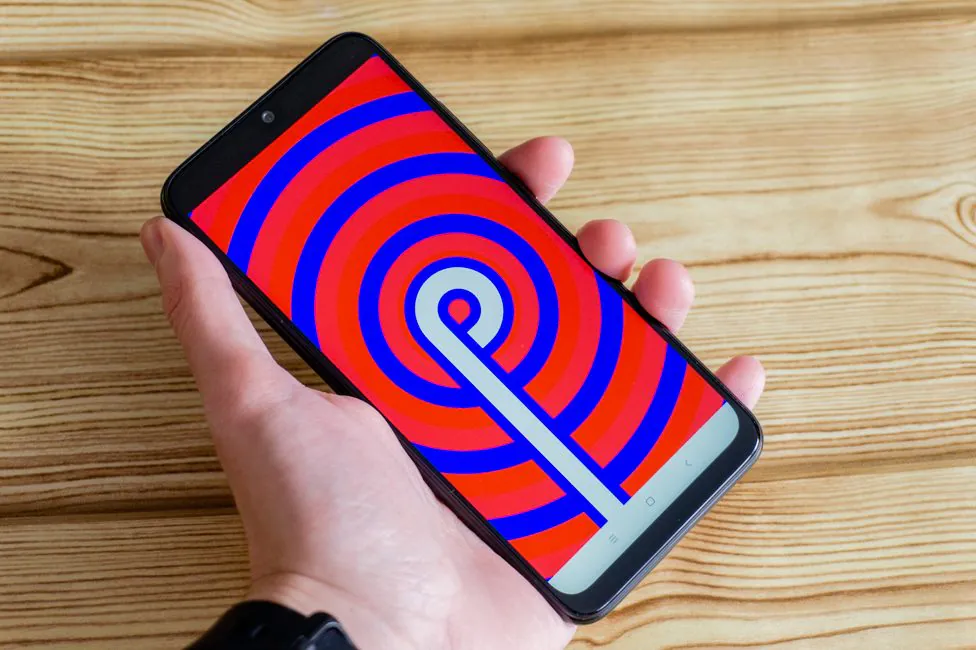
At the time of preparing the review, there is no global firmware version – I used Chinese stable MIUI 10.2.8.0. But the global firmware will release soon no doubt.
In principle, I did not see anything new in the shell. Except for the big pack of Chinese apps, of course. This is the same MIUI 10 that we are accustomed to, with the usual perks like the management of gestures, the wide possibilities of customization, and many other features. In general, there is everything except for the features of Android 9 Pie.

Verdict
Redmi Note 7 is bound to become another hit. I know it from tests, and first sales statistics already prove my hunch. Already more than a million! There are no reasons to meddle – the phone is very good, especially for that price.

Design, build quality, display, performance, cameras, battery life – everything is great. There aren’t any big issues – maybe only the lack of NFC module. But if you don’t care about contactless payment, it won’t be a problem. If we talk about devices under $200, you can’t go wrong with Redmi Note 7 “by Xiaomi”.




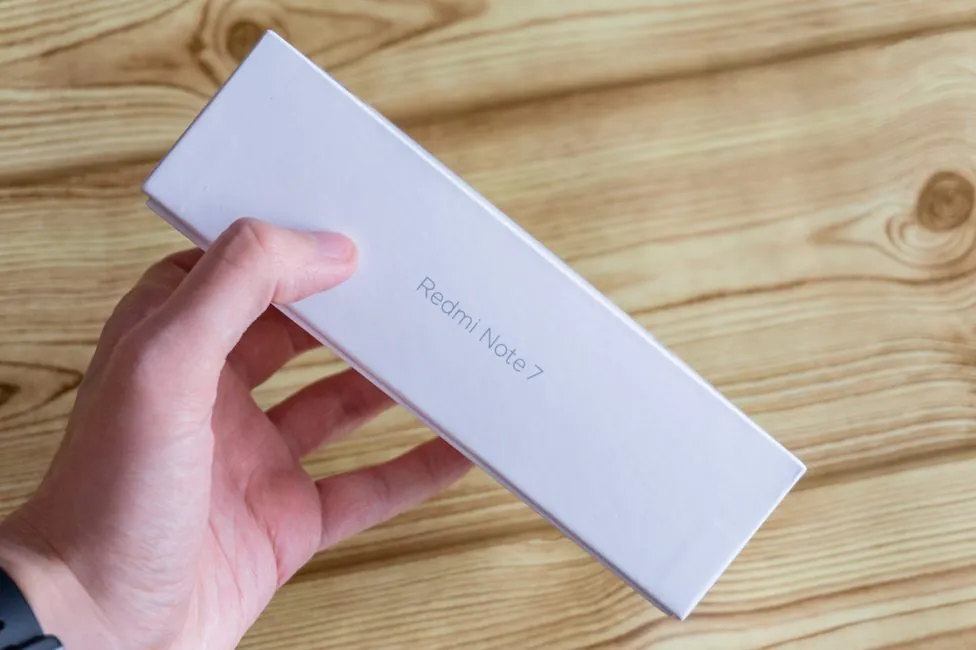

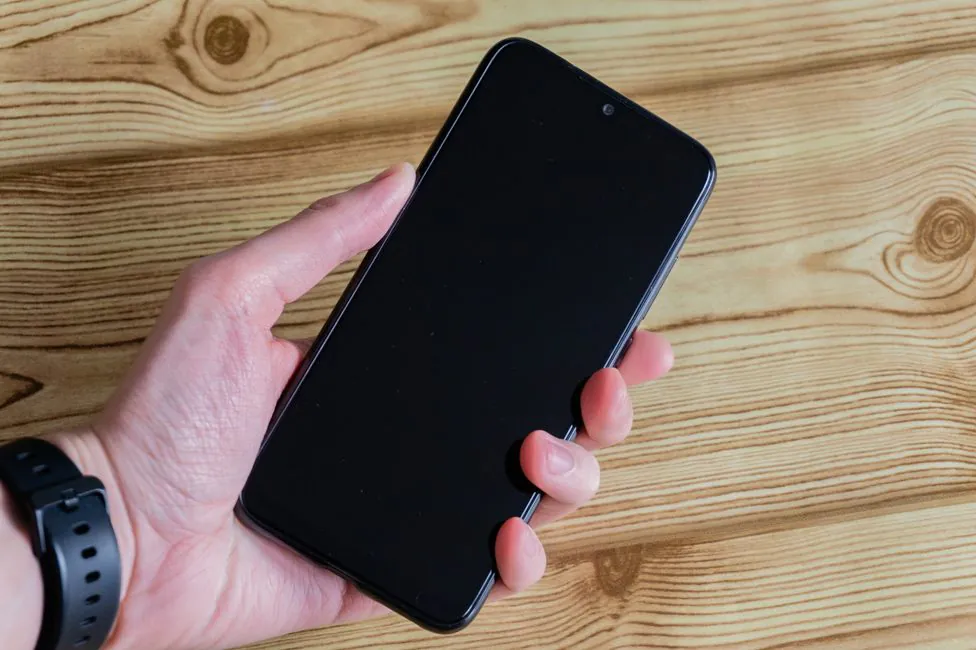





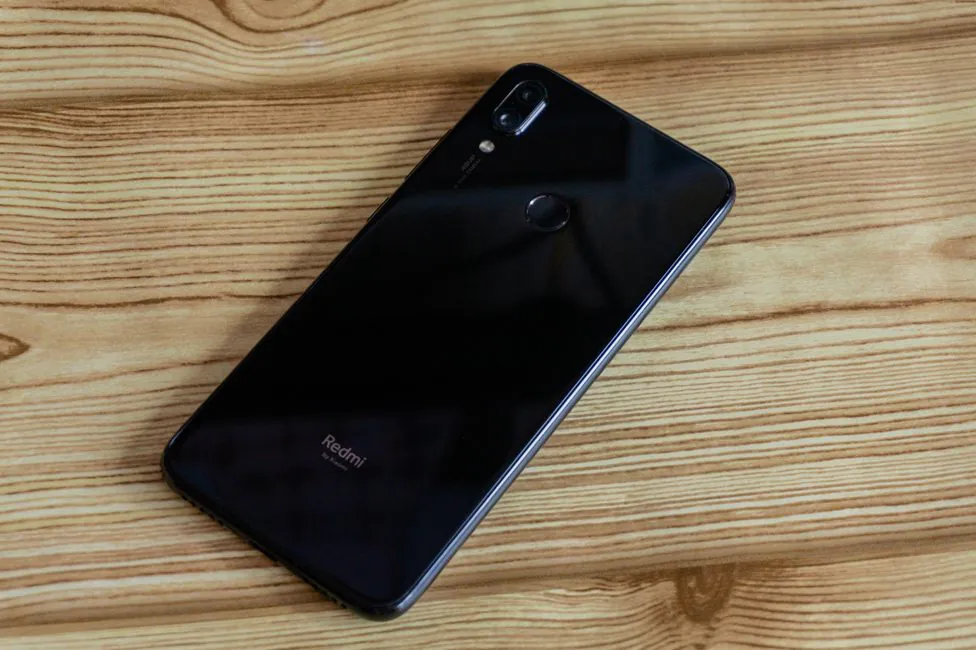

































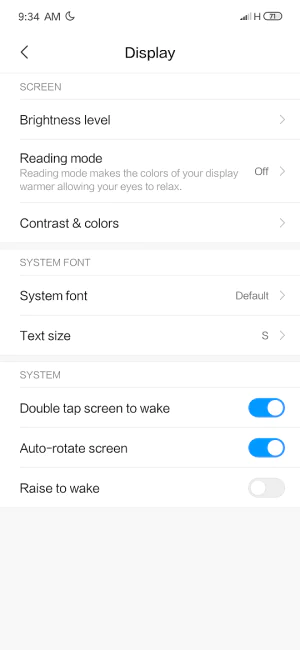
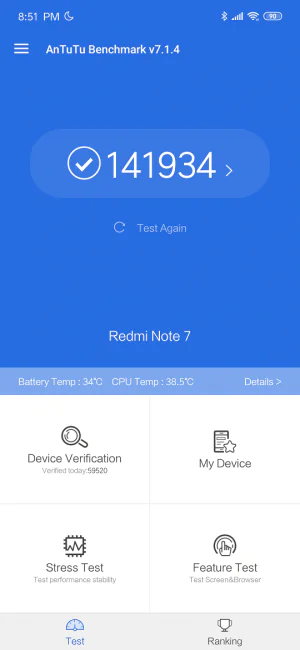
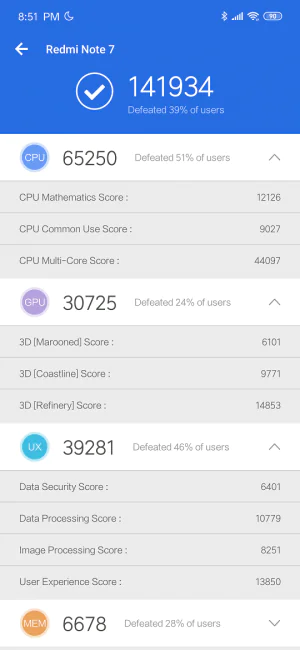
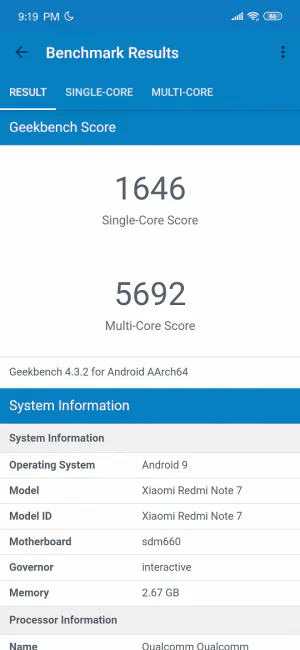



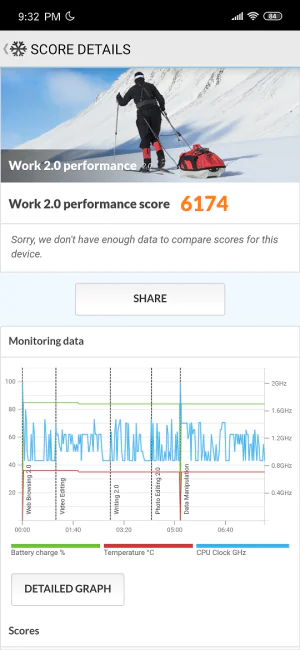








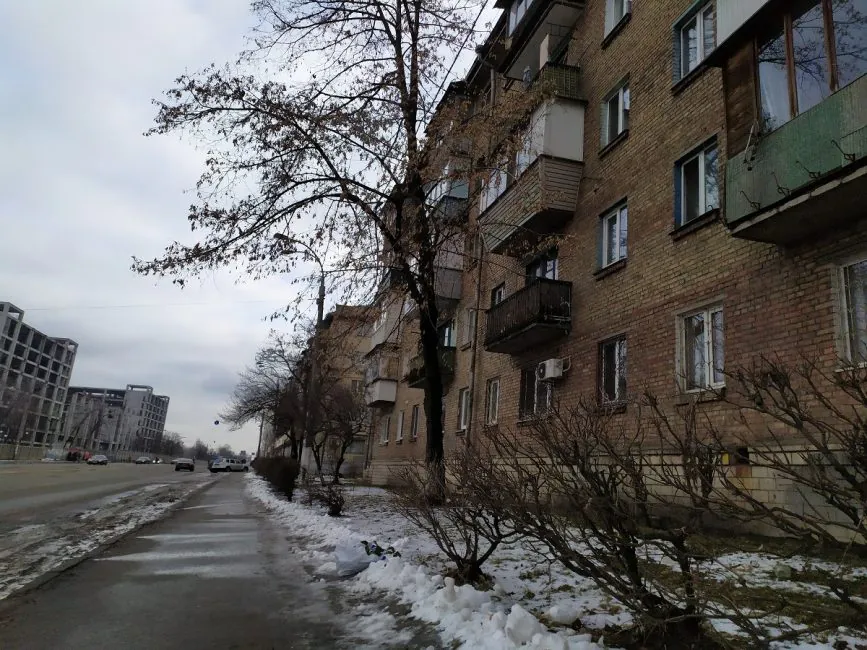
























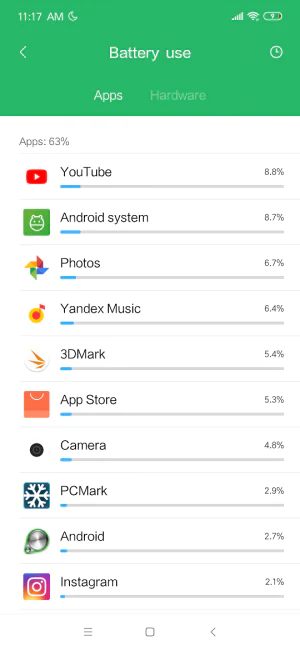
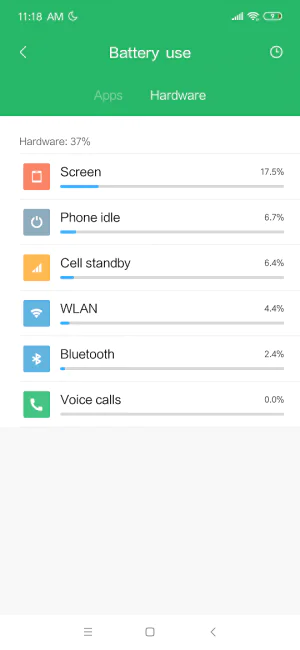








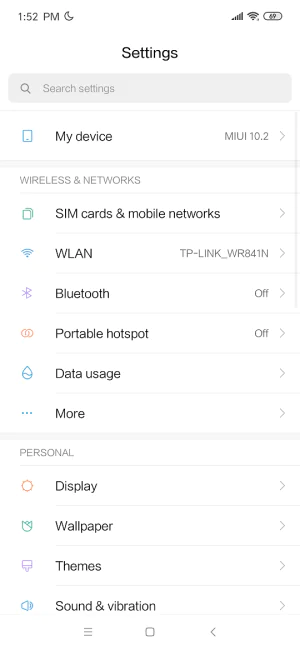



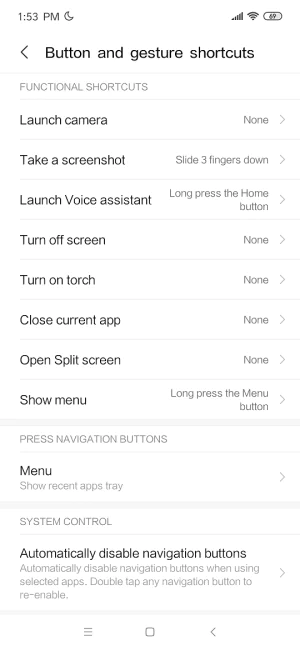
Redmi Note 7 impresses as a budget phone with strong design, decent specs, and good performance for its price range ($150-$200). Key features include a 6.3″ IPS LCD, Snapdragon 660 processor, 48MP main camera, and 4000mAh battery. It’s praised for its display, build quality, and battery life but lacks NFC and has an unremarkable speaker placement. Despite minor shortcomings, it’s highly recommended for budget-conscious users looking for solid performance. Great value overall! ✨
just bought one but no dataless FM Radio apk. how can i get it?
I just bought one, and I love it – what did surprise me were that there are no SIM tray tool in the box, I had one from previous phone, but what about new user? Two things, I came from Google Now launcher on Android 5.0 and there are no Google Feed(now Discover) pane, and there is no App drawer. Luckily you can install launchers that give you these things, but it would have been nice to have the choice in the factory installed launcher.
Hi! SIM tray tool must be in small box inside. Please check: